
When people seek martial arts training, they typically choose globally recognized styles such as Karate, Taekwondo, BJJ, or Muay Thai.
But there are a number of lesser-known martial arts that are just as effective as the globally recognized ones or even better, and you might have heard of some of them. Despite receiving high praise from martial arts experts for their effectiveness, these martial arts have not gained much interest from the general public over the years.
And with that, in this article, we are going to take a closer look at the 10 most underrated and overlooked martial arts that you should know about.
10. Lethwei

Lethwei is a combat sport from Myanmar that conceptually shares a lot in common with more popular Muay Thai. Although both Lethwei and Muay Thai are full-contact striking arts, Lethwei is far more brutal and, by many, arguably even more effective on paper.
It is also known as the “Art of Nine Limbs” as it teaches a person how to strike using all limbs at all ranges, including the clinch. As far as conventional techniques are concerned, this includes punches, kicks, knees, and elbows.
But on top of that, the system adds brutal techniques like the infamous headbutts, which fighters are allowed to use at any moment during the fight. Lethwei teaches the use of headbutts at close range for good reason. This technique can be a lifesaver when punching is not an option due to trapped arms or the inability to move arms during a fight.
Like that’s not dangerous enough, Lethwei fighters compete in bare knuckles without wearing any padded boxing or open-fingered gloves. They only wrap their hands in gauze, and that’s it. Further, the emphasis is on throwing each strike with full power and a goal to finish the fight.
The result of all this is a high injury rate. You can see serious injuries like concussions, deep cuts, and severe bleeding in just about every match. Due to its violent nature, Lethwei is not a marketable martial art for the masses, so it’s been largely overlooked by the general public.
Still, realistic teaching methods and brutality are what make Lethwei one of the most effective self-defense martial arts of them all.
9. Combat Sambo

Sambo is a Russian self-defense system developed by the military in the 1920s that is also very popular all across Eastern Europe. In some ways, sambo is similar to modern MMA fighting in that it’s a hybrid mix of various combat styles.
There are two variations called Sports Sambo and Combat Sambo. Both are practiced for self-defense and sports competitions. Sports Sambo is very similar to Judo, focusing on standup grappling and ground fighting only, excluding any forms of striking. Practitioners learn how to use judo throws and wrestling takedowns to advance to the ground, where the goal is to take a dominant position and subdue the opponent with chokes, joint locks, or holds.
Combat sambo is more versatile as it was designed for combat situations, so it includes striking techniques with kicks and punches, unlike sport sambo. The rules emphasize high-paced action, which forces the athletes to be aggressive and always chase a finish. There is also a Russian military version of Combat Sambo, similar to Krav Maga, involving weapon-based training and dirty fighting techniques like eye gouging or attacking pressure points.
Despite being around for over a century and proving its effectiveness in and outside combat competitions, Sambo is one of the most underappreciated martial arts that has never gained much traction outside Russia and former Soviet republics.
8. Kyokushin Karate
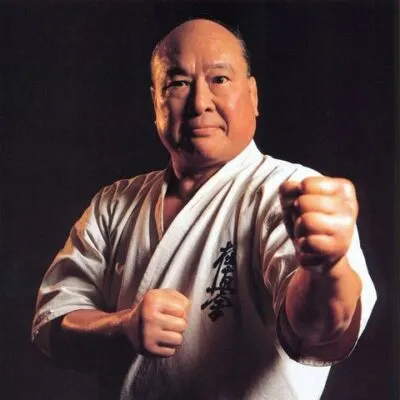
There are many different styles of Karate, but most of them are not effective in real combat because they focus on semi and light-contact sparring and lack realism in their training curriculum. However, Kyokushin karate is a rare exception to Karate and is considered the toughest style of Karate and one of the most brutal martial arts styles in general.
First of all, Kyokushin is a full-contact style where practitioners use full power to throw rapid kicks and punches. The main focus is to strike with powerful low and high kicks at close range. Punches to the head, clinch fighting, and throws are prohibited; punches are only allowed to the upper body below the neck.
Kyokushin emphasizes sparring as one of the best methods for preparing a person for actual combat. But unlike other martial arts, Kyokushin students engage in full-contact sparring without protective gear, creating a highly realistic combat training environment despite the inherent danger of injuries.
The only downside is that Kyokushin is not as popular as other karate styles, mainly because it carries a high risk of injuries.
7. Sanda
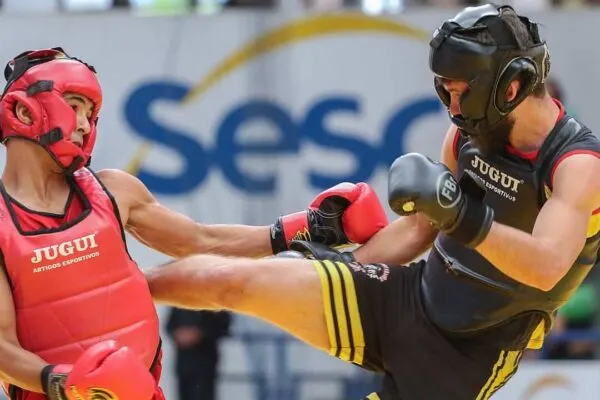
Sanda, also known as “Chinese kickboxing,” is a highly practical martial art that can be effectively used in any self-defense situation. The learning curriculum focuses only on techniques proven effective in real combat, and students engage only in exercises that directly enhance their performance.
Sanda is a martial art that combines striking and grappling techniques, although it is primarily considered to be a striking art. There are two variations of Sanda: the sports variation and the military variation.
In the sports variation, kickboxing is mixed with a variety of grappling techniques, such as takedowns and throws.
In the military variation, Sanda employs all parts of the body as weapons, utilizing upper and lower body striking, throwing (wrestling and Judo moves), and seizing techniques (joint-locks, strangulation, and submissions).
Sanda has become one of the most popular combat sports in the Eastern world, including countries like Russia, China, and Armenia. However, it hasn’t gained much recognition among striking arts in Western countries, making it almost unfamiliar to most people in these regions.
6. Catch wrestling
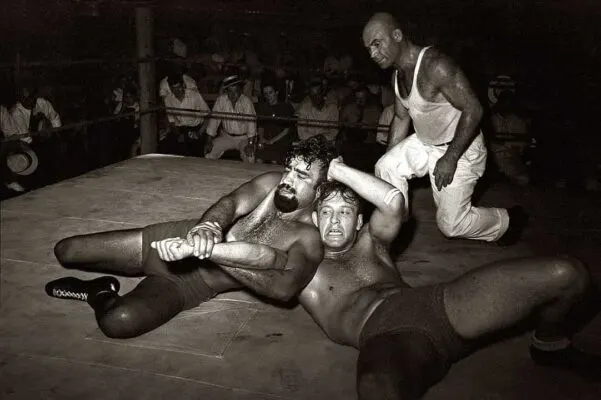
John Graham Chambers created the submission wrestling style known as “catch wrestling” in 1859, drawing inspiration from Irish and Lancashire collar-and-elbow techniques. Catch wrestling is the progenitor of modern freestyle and collegiate wrestling, which have received a lot more attention lately due to increased interest in grappling arts.
Catch wrestling is becoming increasingly popular in MMA circles due to its suitability for MMA rules compared to other styles, such as freestyle wrestling. Some of the great catch wrestlers in MMA were Kazushi Sakuraba, Ken Shamrock, and Josh Barnett.
Catch wrestling is a more versatile variation of freestyle because, apart from manipulating the opponent’s upper and lower body to score a takedown, athletes also use various types of submissions, pins, and holds to subdue and finish the opponent.
Catch wrestling incorporates many of the same takedowns and throws as other wrestling styles, but also introduces advanced ground fighting techniques such as positioning, chokeholds, joint locks, and escapes. Dangerous techniques such as neck cranks, which can cause paralysis, are also included in catch wrestling.
Despite the fact that catch wrestling is a highly effective submission wrestling system widely respected by the MMA community, it has not gained the same level of attention among the general public as freestyle wrestling. Due to a lack of interest, the number of schools offering catch wrestling training is relatively limited compared to those focusing on freestyle wrestling.
5. Jeet Kune Do
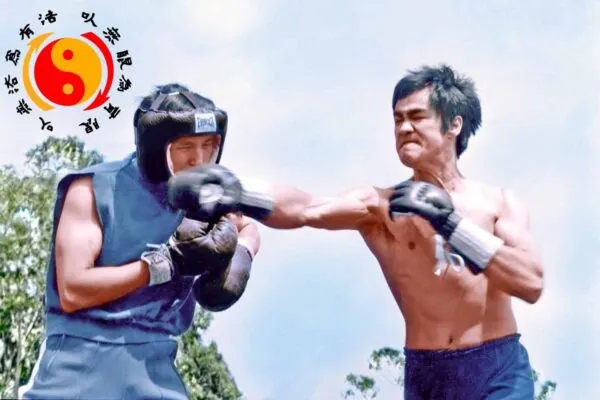
Jeet Kune Do (JKD) is a self-defense system founded by the legendary martial artist and actor Bruce Lee. The system resembles MMA fighting to a large degree because it is also a hybrid mix of striking, wrestling, and ground fighting.
Jeet Kune Do, which means “the way of the intercepting fist,” teaches the most direct and simple way to intercept attacks.
But what really separates JKD from other martial arts is this: Its philosophy is to encourage students to develop adaptability by studying other arts and incorporating effective techniques, rather than limiting themselves to only what is taught within JKD’s fundamental techniques.
Overall, JKD is a highly effective all-around combat system that predates modern MMA, but it has been studied primarily by martial arts enthusiasts and not the general public.
4. Judo
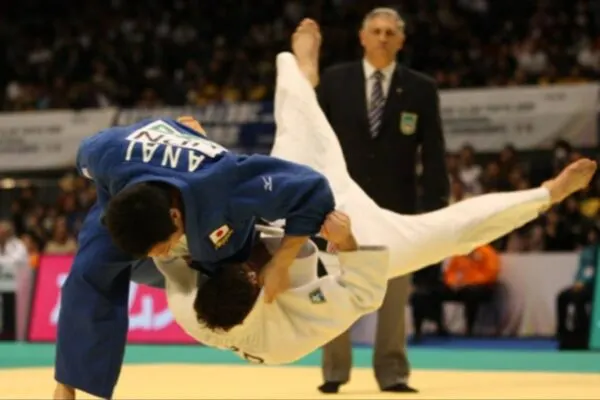
Most people know Judo as a popular Olympic sport, well spread worldwide. However, let’s not forget that Judo techniques also work well in self-defense situations. Despite being designed as a sport by Kano Jigoro, the concept of Judo transitions well into real-life combat, which is one of the reasons why this Japanese art is also present in modern MMA.
Judo originates from Jujutsu, and it primarily focuses on standup grappling. The main objective is to close the distance, get a hold of the opponent, secure a strong grip and position, manipulate their weight and balance, and throw them on the ground. Throws are the main aspect of Judo because this move brings you the most points according to the rule set, and a single well-executed throw wins you a match.
But there is also the ground-fighting aspect, where you must subdue the opponent with pins, holds, joint locks, and choke holds. These are all battle-proven techniques you may find in other effective martial arts, such as Brazilian jiu-jitsu or Sambo. The key emphasis in Judo is on sparring, or “randori,” allowing for extensive practice of each move to develop muscle memory.
In self-defense, Judo works best at close range and in closed spaces such as a bar, hall, or room where the attacker doesn’t have much space to maneuver. This enables you to quickly get a hold of them and throw them to the ground. It is incredibly difficult to defend against a skilled Judoka once they have gained control, especially if the attacker has no grappling experience.
Judo received considerable attention when MMA fans saw Ronda Rousey, the former UFC women’s champion, use the Judo hip toss to quickly throw her opponents to the ground, often following up with submission moves to win the fight easily. Despite being a progenitor of BJJ and a proven effective grappling art in MMA fighting, there has been little demand to learn Judo by the public.
3. Savate
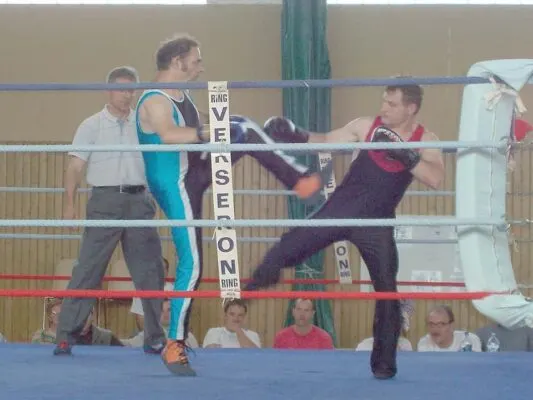
Savate is a striking martial art developed in France that primarily focuses on boxing and kicking techniques. Although Savate is a practical system, it has been overshadowed by far more popular striking arts like Dutch-style kickboxing and Muay Thai. As a result, people often overlook Savate when discussing all-around striking arts.
The word Savate translates to “old shoe or boot,” as all fighters must wear specially designed boots while training or competing. Initially, Savate was designed as a self-defense method people trained in to learn how to protect themselves on the streets of Paris and Marseille.
Apart from punches and kicks, the learning curriculum includes knee and elbow strikes, various types of sweeps and throws, and dirty fighting moves like headbutts. However, modern Savate practice emphasizes competition, where athletes use only punches and kicks.
2. Luta Livre
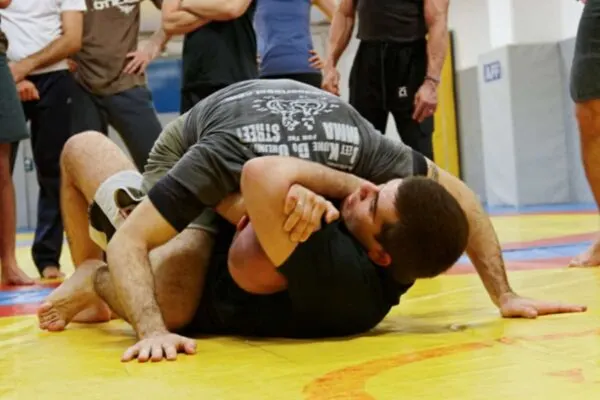
Luta Livre is a martial art created by Euclydes Hatem in Brazil that is primarily a grappling art that draws inspiration from catch wrestling (submission wrestling) and Kosen Judo.
Although it bears visual similarities to BJJ and Judo, the key difference with Luta Livre is its emphasis on wrestling techniques, a more aggressive approach, and the inclusion of ground striking. These features make Luta Livre much more versatile and effective than many other grappling arts.
Luta Livre was a popular martial art in Brazil up until the 1990s, which was a moment when its main rival, Brazilian jiu-jitsu, began to rise. The dominance of BJJ-based fighters in the early UFC resulted in a significant surge of interest in Brazilian Jiu-Jitsu worldwide, completely overshadowing any interest in Luta Livre.
Therefore, despite its proven effectiveness, Luta Livre has yet to receive the same level of recognition outside of Brazil, where it originated.
1. Krav Maga
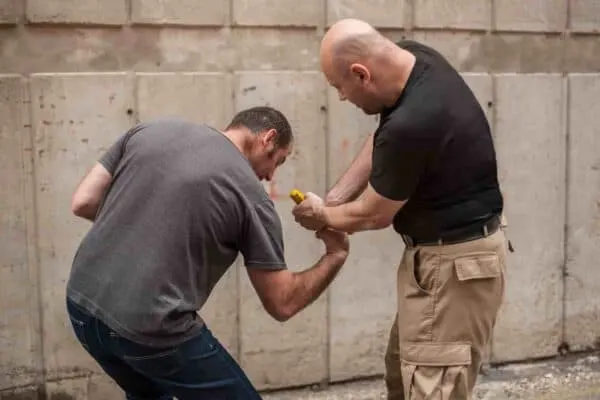
Despite its popularity and respect within law enforcement and military communities, Krav Maga has yet to pique the general public’s interest. When people seek to improve their self-defense skills, many opt for anything but Krav Maga because they simply do not know much about it.
Krav Maga is a no-frills self-defense system developed in the 1950s for the Israeli military to enhance their soldiers’ fighting abilities. Since Krav Maga is based entirely on self-defense with no rules, practitioners train for real-life situations. There are no Krav Maga competitions as the focus is on practicality and effectiveness in real life. Krav Maga includes techniques from Judo, Aikido, Karate, and boxing.
Krav Maga students learn conventional martial arts techniques such as how to punch, kick, use elbows and knees, grapple, and fight on the ground. On top of that, they learn proper self-defense tactics and how to deal with weapons and multiple attackers, and they spar and drill specific situations to learn how to apply these techniques in real-life scenarios.
Krav Maga also places significant emphasis on developing situation awareness as a crucial aspect of its training. Krav Maga instructors teach students how to stay calm, assess their situation, develop a strategy, and do anything in their power to defend themselves with literally anything nearby, such as a bottle, chair, or stick.
